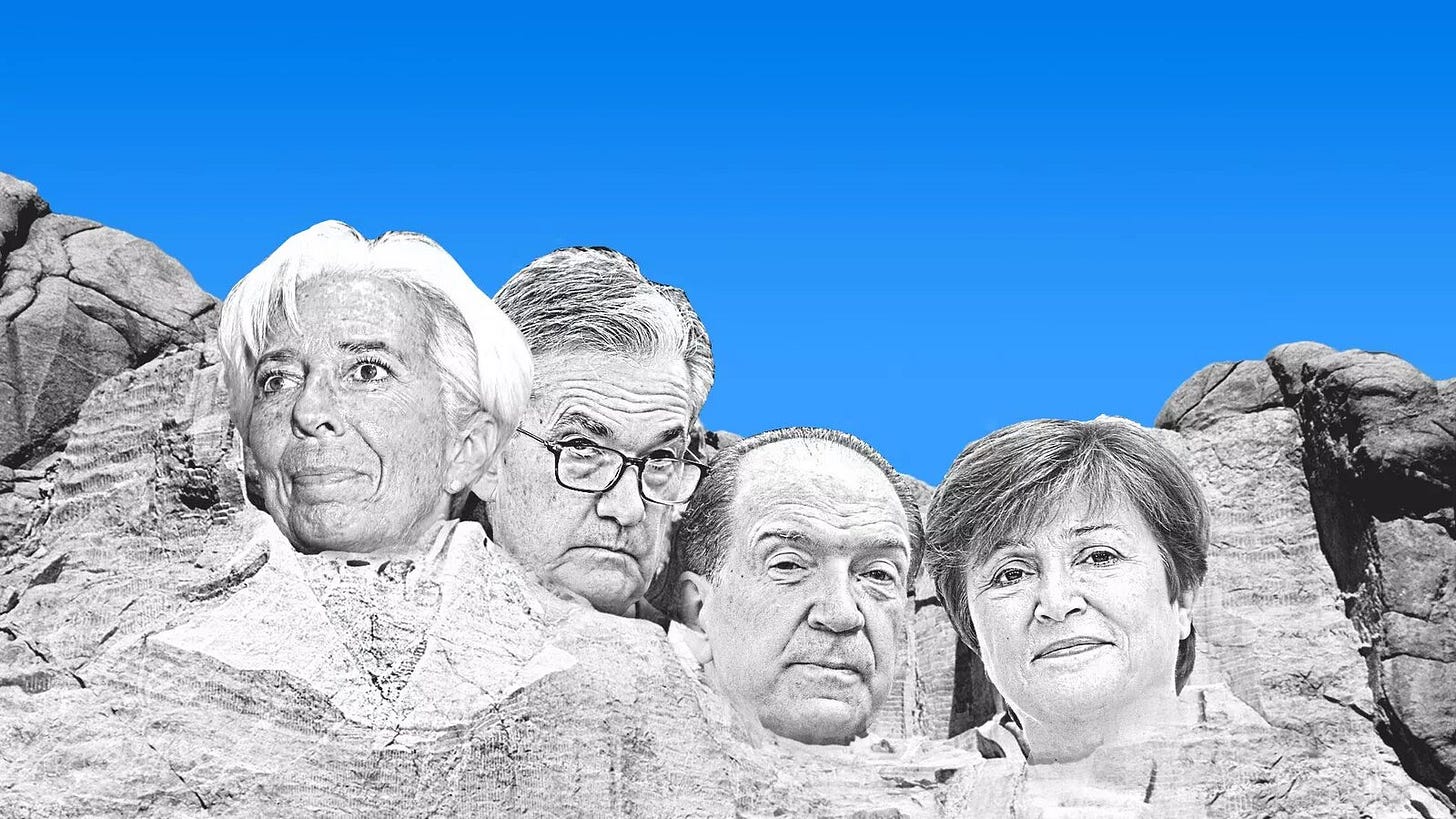Beaten at Their Own Game - Central Bank Investments Hurt by Inflation and Rising Rates.
5 major trends to remember from the beginning of 2022.
Central banks do not just decide on the direction of monetary policy. They also have to manage reserves, mainly in the form of bond and money market assets. These two activities are independent so managers do not know the decisions on rates before they are made public.
It is therefore inevitable that central banks, such as the Fed or t…
Keep reading with a 7-day free trial
Subscribe to Sylvain Saurel’s Newsletter to keep reading this post and get 7 days of free access to the full post archives.


